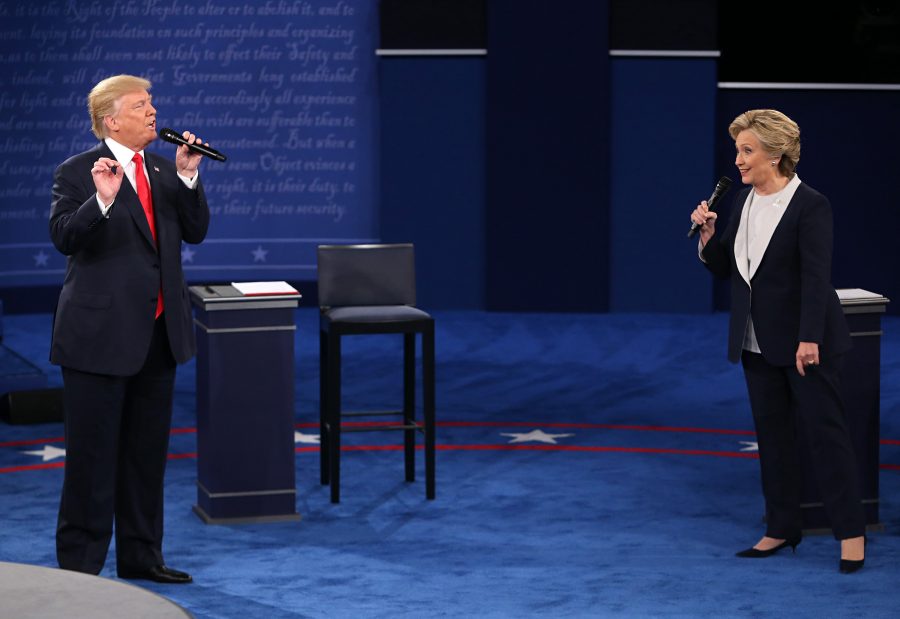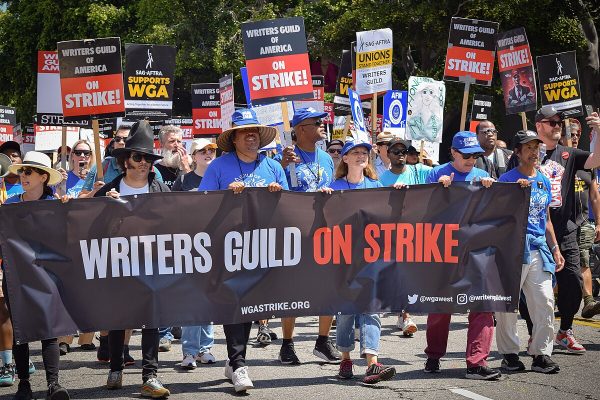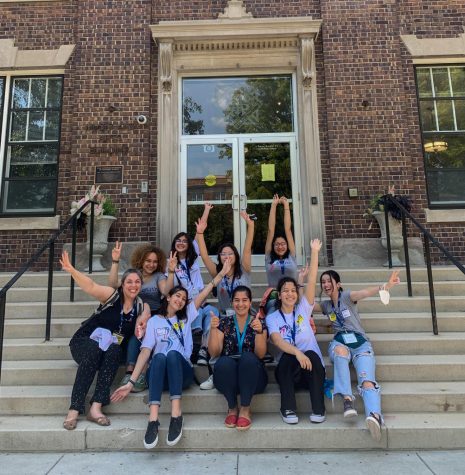Controversies surrounding candidates brought up at the second presidential debate
The debate showcased the presidential nominees ideas and political stances.
Donald Trump and and Hillary Clinton on stage during the second presidential debate Oct. 9, at Washington University, St. Louis. photo courtesy of Tribune News Service
October 11, 2016
The second presidential debate was held Oct. 9 at Washington University in St. Louis. It was a town hall style debate, meaning some of the questions were from a group of undecided voters selected by the Gallop Organization and the rest of the questions were chosen from the moderators of the debate. The two moderators were Chief Global Affairs correspondent and co-anchor of “This Week” Martha Raddatz and CNN anchor Anderson Cooper.
Less than 90 minutes before the debate started, republican nominee Donald J. Trump held a press conference with the women who had previously accused former President Bill Clinton of sexual assault. These accusations had been previously dismissed in court, but Trump held the conference as a counter to a video made in 2005 featuring Billy Bush. The topic of the video was about women, where Trump is heard saying, “when you’re a star, they let you do it. They let you do anything.”
According to KCMO News, the beginning of the debate consisted of the two candidates exchanging insults at one another or defending themselves. Trump dismissed the video of him and Bush as “Locker room talk,” saying “No one has more respect for women then I do.”
Hilary Clinton spent the debate trying to show Trump is unfit for presidency by pointing out the Miss Universe Scandal, his comments about women and the way he treats immigrants and Muslims. She defended the claims of politicians having a private stance and a public stance on political issues as well. She turned to past president Abraham Lincoln as an example of a politician who had both private and public stances on political issues.












Maura Graham • Oct 12, 2016 at 10:46 am
Great article Kate! I like how you explored both sides of the debate and remained unbiased!